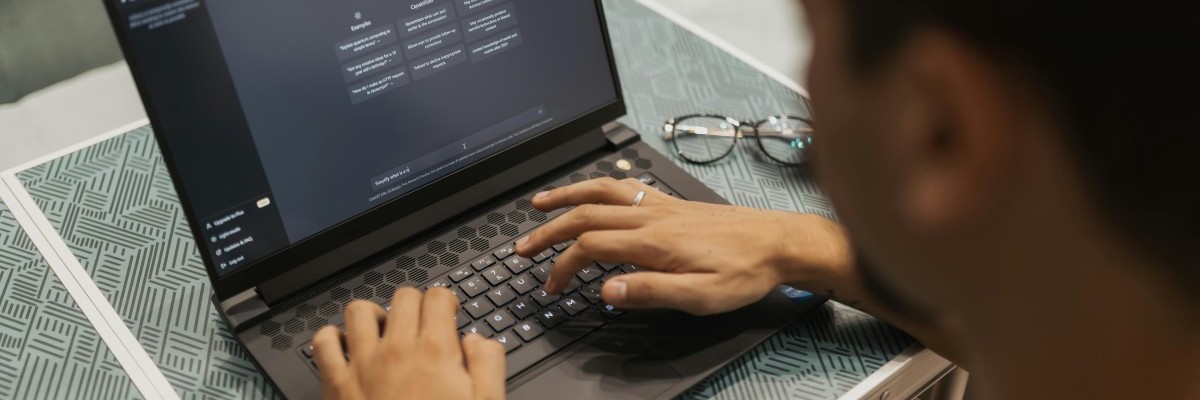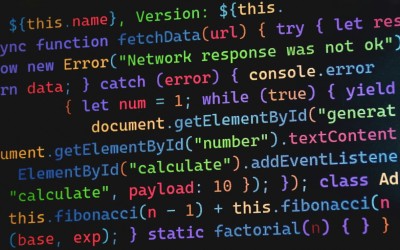In recent years, artificial intelligence (AI) has become an integral part of our professional lives, promising to revolutionize the way we work. From automating mundane tasks to providing insightful data analytics, AI technologies have been hailed as the catalyst for increased productivity and efficiency in the workplace. However, behind these promising advancements lies a more complex narrative—a story of how AI is subtly altering the fabric of our work lives, often not for the better. In this exploration, we will delve into the darker side of AI's impact on employment, work culture, privacy, and creativity, offering a comprehensive view of how AI's integration into the workplace may not be the unequivocal boon it is often portrayed to be.
One of the most significant areas of concern regarding AI's impact on work is job security. As AI systems become more adept at performing tasks traditionally handled by humans, a growing number of jobs are at risk of automation. While AI-driven automation can lead to greater efficiency and reduce costs for employers, it also poses a serious threat to job stability for many workers. Industries such as manufacturing and retail have already seen significant job displacement due to automation, and the trend is expected to expand into white-collar sectors like finance, law, and healthcare.
The World Economic Forum predicts that AI will displace 85 million jobs worldwide by 2025, even as it creates 97 million new ones. However, this net positive job creation masks the disruption and displacement experienced by individual workers, many of whom may not have the skills required to transition into new roles. The skills mismatch creates an environment of uncertainty and anxiety, as workers scramble to upskill or reskill in order to remain relevant in an AI-driven job market.
Another significant concern with the rise of AI in the workplace is the increase in surveillance and monitoring. AI-powered tools that track employee productivity, monitor emails, and analyze communication patterns are becoming increasingly common. While these tools are often justified as a means to improve efficiency and ensure compliance with company policies, they also raise serious privacy concerns.
The use of AI for employee surveillance can create a culture of mistrust and fear, where workers feel constantly watched and evaluated. This environment can be detrimental to morale and can stifle creativity and innovation. When employees are aware that their every move is being monitored, they may be less likely to take risks or think outside the box, opting instead to adhere strictly to established protocols to avoid potential repercussions.
Moreover, the data collected through AI surveillance can be used to make decisions about promotions, pay raises, and even terminations, often without transparency or the opportunity for workers to contest the findings. This lack of transparency and accountability can result in unfair treatment and discrimination, further eroding trust between employees and management.
AI's ability to perform tasks traditionally done by humans can lead to a dehumanization of work, where the human touch and emotional intelligence are undervalued. In customer service, for example, AI chatbots are often used to handle inquiries and complaints, offering a cost-effective solution for companies. However, these AI systems lack the empathy and understanding that human representatives can provide, potentially leading to frustrating and unsatisfactory interactions for customers.
Furthermore, the reliance on AI for decision-making can result in a lack of personal accountability. When decisions are made by algorithms, it can be difficult to ascribe responsibility when things go wrong. This can lead to a bureaucratic environment where employees feel powerless and disconnected from the outcomes of their work, diminishing their sense of purpose and satisfaction.
While AI has the potential to augment human creativity, its current deployment in the workplace often stifles it. AI systems are excellent at optimizing processes and generating data-driven insights, but they are limited in their ability to think creatively or generate novel ideas. As companies increasingly rely on AI to guide decision-making, there is a risk that human creativity will be undervalued and underutilized.
In many creative industries, AI is being used to streamline workflows and reduce costs. For example, in the film and music industries, AI is used to predict what types of content will be successful, potentially leading to a homogenization of creative output. When decisions are driven by algorithms focused on past successes, there is less room for experimentation and risk-taking, which are essential components of genuine innovation.
The integration of AI into the workplace also raises important ethical questions. AI algorithms are only as good as the data they are trained on, and if that data is biased, the resulting decisions will be too. This has significant implications for hiring practices, performance evaluations, and other HR processes. For example, if an AI system is trained on data that reflects existing biases in the workplace, it may perpetuate those biases, leading to discriminatory outcomes.
There is also the ethical consideration of consent and autonomy. Many employees may not be fully aware of the extent to which AI systems are used to monitor and evaluate their performance. Without informed consent, the use of AI in the workplace can be seen as coercive, infringing on workers' rights to privacy and autonomy.
AI undoubtedly has the potential to transform the workplace in positive ways, offering new tools and insights that can enhance productivity and innovation. However, it is crucial to approach the integration of AI with caution, acknowledging and addressing the negative impacts it can have on job security, work culture, privacy, and creativity.
To ensure that AI serves as a force for good in the workplace, businesses and policymakers must prioritize transparency, accountability, and ethical considerations. This includes implementing fair data practices, providing workers with opportunities to upskill and reskill, and fostering an environment that values human creativity and emotional intelligence alongside technological advancements.
As we navigate the evolving landscape of AI in the workplace, it is essential to strike a balance that leverages the benefits of AI while mitigating its potential harms. By doing so, we can create a future of work that is not only more efficient but also more human.




